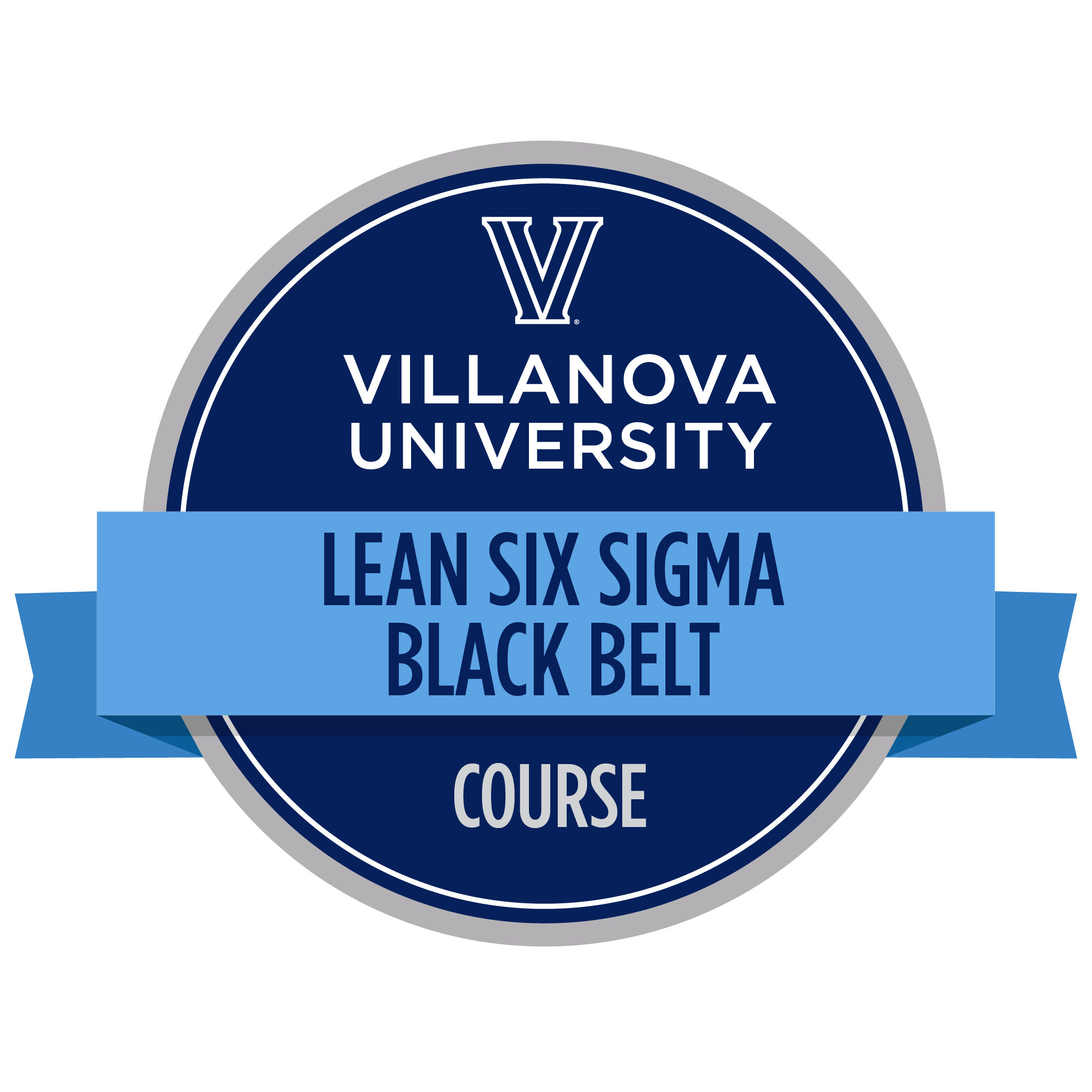Who Should Register?
This course is part of the three-course Certificate in Lean Six Sigma program and designed for knowledgeable practitioners who have successfully passed Villanova’s Lean Six Sigma and Six Sigma Green Belt courses. In this course, you can identify and implement breakthrough improvements for enhanced bottom-line results. Upon successful completion of all three courses, you can take the next step to earn your Lean Six Sigma Black Belt certification by registering for the certification exam. Learn more about Lean Six Sigma Black Belt certification through Villanova University.


